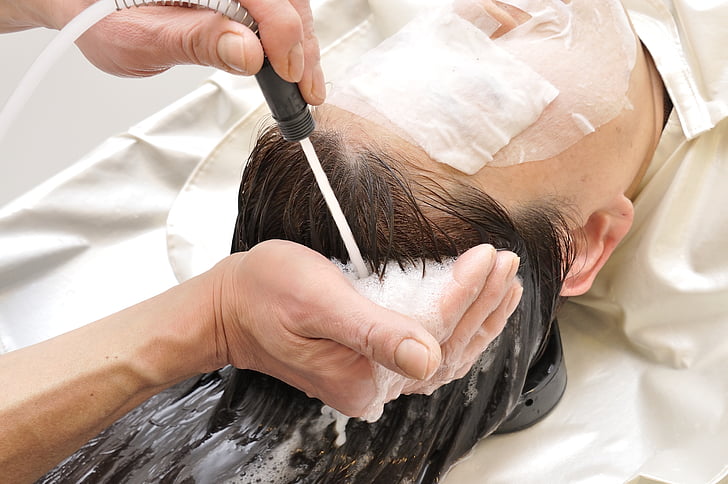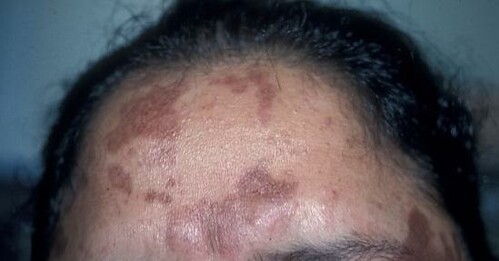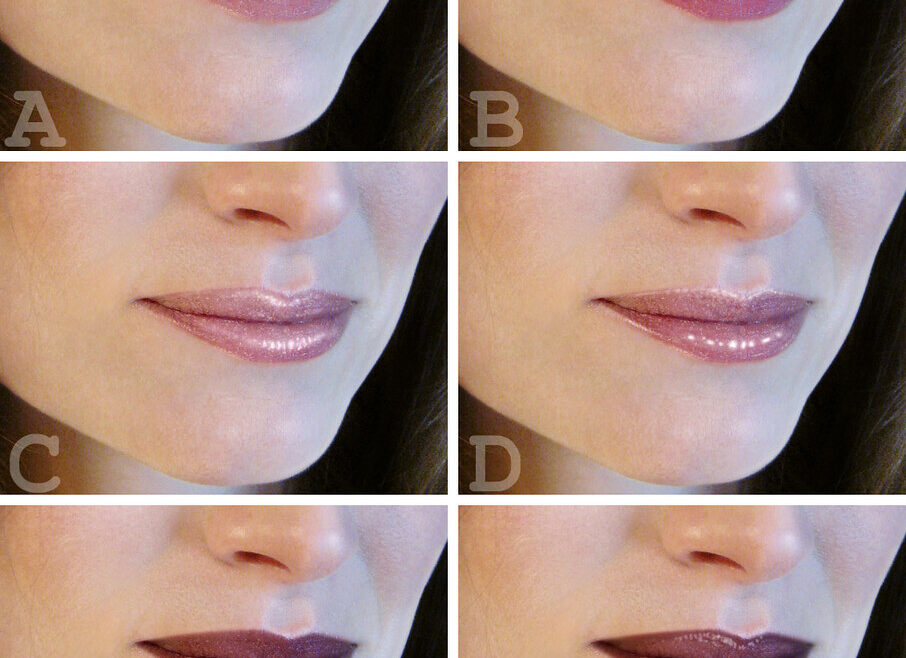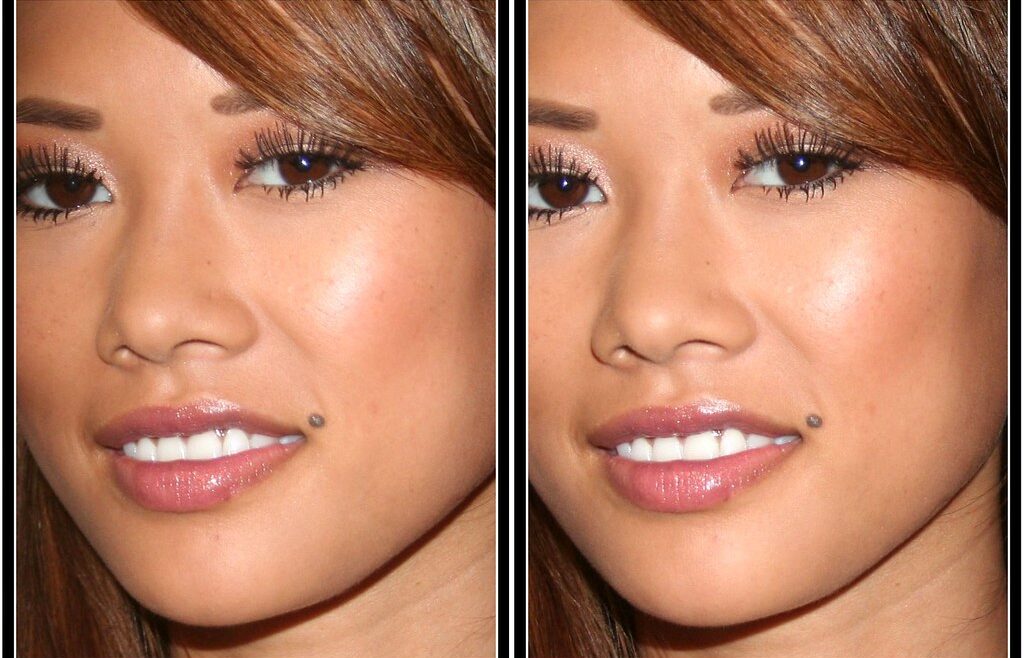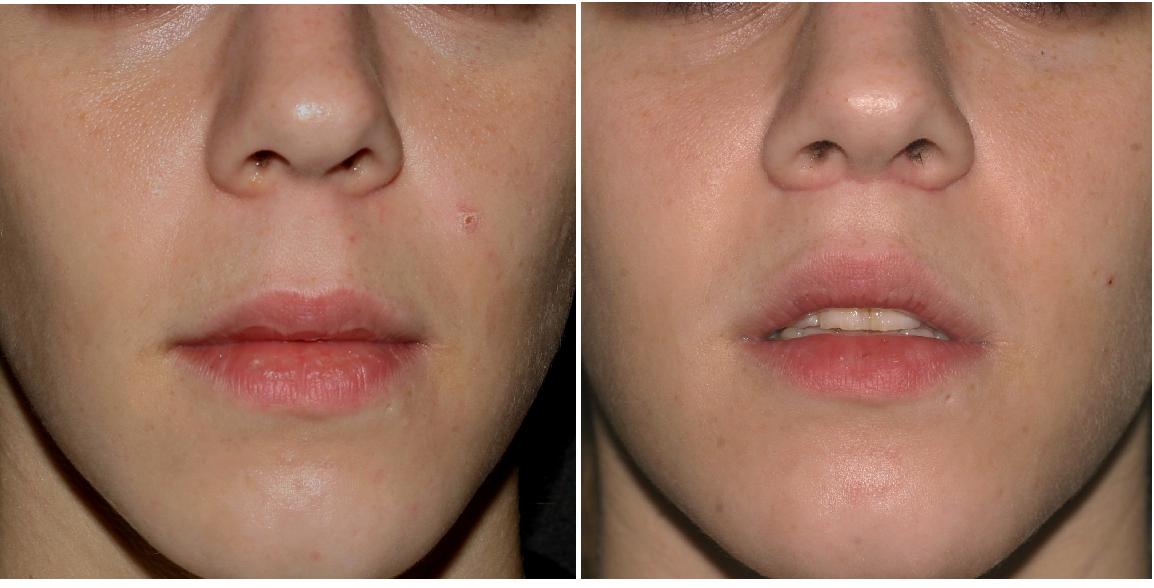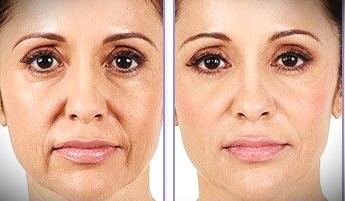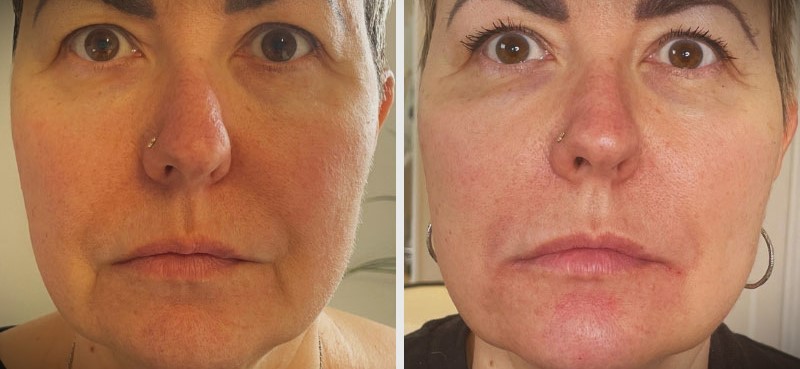Japanese Beauty Secrets: Unlocking the Power of Traditional Head Spa Treatments
https://icdrc.org/wp-content/uploads/2024/02/head-spa-este-scalp-care-head-massage-preview.jpg 728 484 admin admin https://secure.gravatar.com/avatar/693ccb227eb6527287caaa4e9eb13c6e?s=96&d=mm&r=gI. Introduction to Head Spa Treatment
A. Definition and Purpose
Head spa, a luxurious and rejuvenating practice, is a holistic approach to hair and scalp care that originates from traditional Japanese scalp treatment beauty rituals. The primary purpose of a head spa is to promote overall scalp health and well-being through a combination of therapeutic treatments and relaxation techniques. Unlike typical salon visits focused solely on hair styling, head spas prioritize the health of the scalp. Considering it as the foundation for healthy hair growth. By addressing issues such as dryness, flakiness, oiliness, and tension, head spas aim to restore balance to the scalp, resulting in healthier, more vibrant hair.
B. Benefits of Head Spa Treatment
Head spas offer a myriad of benefits beyond just improving hair aesthetics. Firstly, they enhance scalp circulation through techniques like massage and steam treatments, which can stimulate hair follicles and promote better nutrient absorption. This, in turn, encourages healthy hair growth and reduces the likelihood of hair loss or thinning. Additionally, head spas provide deep relaxation, helping to alleviate stress, tension, and headaches commonly associated with daily life. The use of essential oils and aromatherapy further enhances the relaxation experience, promoting mental clarity and emotional well-being. Furthermore, head spa treatments can improve the overall texture and appearance of the hair, making it softer, shinier, and more manageable.
C. Overview of Services Offered
Head spas offer a range of specialized services tailored to meet the unique needs of each individual’s scalp as well as hair. These services typically include scalp analysis to identify any underlying issues, followed by customized treatments designed to address specific concerns. Common services offered at head spas include scalp massages to increase circulation and relaxation, aromatherapy sessions using essential oils to soothe the senses. Hot oil treatments to nourish and hydrate the scalp and hair, herbal steaming to detoxify and purify the scalp, and deep cleansing to remove buildup and impurities. Each treatment is carefully curated to provide a holistic experience that not only improves scalp health but also promotes overall well-being.
II. Importance of Head Spa Treatment for Hair and Scalp Health
A. Promotes Hair Growth
Head spas play a crucial role in promoting hair growth by addressing underlying scalp issues that may hinder healthy hair follicle function. Through techniques like scalp massage, which increases blood flow to the scalp, as well as hot oil treatments. Which nourish and strengthen hair roots, head spas create an optimal environment for hair growth. Additionally, herbal steaming and deep cleansing help remove buildup and unclog hair follicles. Allowing for better oxygenation and nutrient absorption, ultimately stimulating hair growth.
B. Improves Scalp Circulation
Healthy circulation is essential for maintaining a nourished scalp and promoting hair growth. Head spas employ various techniques, such as scalp massage and herbal steaming, to improve blood circulation to the scalp. These treatments increase the delivery of oxygen and nutrients to the hair follicles, promoting cell turnover and enhancing overall scalp health. Improved circulation also helps in the removal of toxins and waste products, reducing the risk of scalp conditions like dandruff and itching.
C. Relieves Stress and Tension
Stress and tension can have a significant impact on scalp health, leading to issues like hair loss, inflammation, and poor circulation. Head spas provide a tranquil environment where clients can relax and unwind, allowing stress as well as tension to melt away. Techniques like scalp massage and aromatherapy not only promote physical relaxation but also help calm the mind and alleviate mental stress. By reducing stress levels, head spas contribute to a healthier scalp environment, fostering optimal conditions for hair growth and vitality.
D. Enhances Hair Texture and Shine
One of the visible benefits of head spa treatments is the improvement in hair texture and shine. By addressing scalp issues and promoting overall scalp health, head spas indirectly enhance the quality of the hair shaft. Treatments like hot oil treatments as well as deep cleansing remove buildup and excess oils, leaving the hair feeling lighter and more manageable. Additionally, increased blood circulation to the scalp nourishes the hair follicles, resulting in stronger, shinier hair strands.
III. Choosing the Right Head Spa Treatment in Toronto
A. Researching Local Spas
Researching local spas is essential to find reputable establishments that offer head spa treatment services in Toronto. Utilize online resources such as search engines, social media platforms, and spa directories to compile a list of potential spas. Consider factors such as location, proximity to your residence or workplace, and the overall reputation of the spa.
B. Reading Reviews and Testimonials
Reading reviews and testimonials from previous clients can provide valuable insights into the quality of service offered by each spa. Look for reviews on websites like Google, Yelp, or TripAdvisor, as well as on social media platforms. Pay attention to recurring themes and comments regarding customer satisfaction, staff professionalism, and the effectiveness of the treatments.
C. Evaluating Services Offered
Evaluate the range of services offered by each head spa to ensure they align with your specific needs and preferences. Consider the variety of treatments available, such as scalp massages, aromatherapy, hot oil treatments, herbal steaming, and deep cleansing. Additionally, inquire about any specialized services or packages tailored to address specific scalp or hair concerns.
D. Considering Pricing and Packages of Head Spa Treatment
Consider the pricing and packages offered by each head spa to determine the most cost-effective option for your budget. Compare the prices of individual treatments as well as any discounted packages or membership options available. Take into account the value provided by each spa in terms of the quality of service, expertise of the staff, and overall experience.
E. Assessing Hygiene and Safety Measures
Assessing hygiene and safety measures is crucial to ensure a clean and safe environment for your head spa experience. Visit each spa in person if possible to observe the cleanliness of the facilities, including treatment rooms, equipment, and amenities. Inquire about the spa’s sanitation protocols, including the disinfection of tools and equipment between clients, as well as the use of clean linens and disposable items. Additionally, verify that the spa adheres to local health and safety regulations and maintains appropriate licenses and certifications.
IV. The Head Spa Treatment Experience
A. Initial Consultation
The head spa experience typically begins with an initial consultation. Where clients discuss their concerns and goals with a trained professional. During this consultation, the spa staff may conduct a scalp analysis to assess the condition of the scalp and hair follicles. This analysis helps determine the most suitable treatments and products for the client’s specific needs. Additionally, clients have the opportunity to ask questions, express preferences, and voice any concerns they may have before proceeding with the treatment.
B. Treatment Process
Once the initial consultation is complete, clients are guided through the treatment process by experienced spa therapists. The treatment process may vary depending on the services chosen but often involves a combination of therapeutic techniques such as scalp massage, aromatherapy, hot oil treatments, herbal steaming, and deep cleansing. Throughout the treatment, clients can expect to feel relaxed and pampered. They indulge in a sensory journey designed to promote scalp health and rejuvenate the mind and body.
C. Aftercare and Maintenance Tips
After the treatment, clients receive guidance on aftercare and maintenance tips to prolong the benefits of their head spa experience. This may include recommendations for scalp-friendly hair care products, dietary adjustments to support scalp health, and lifestyle changes to reduce stress and tension. Clients are encouraged to follow these recommendations regularly to maintain optimal scalp condition and maximize the long-term benefits of the treatment.
D. Follow-up Appointments
Depending on individual needs and preferences, clients may schedule follow-up appointments to continue their head spa journey. Follow-up appointments allow clients to track their progress, address any ongoing concerns, and receive additional treatments as needed. Spa staff may also provide personalized recommendations for future treatments based on the client’s response to previous sessions, ensuring a tailored approach to scalp care and maintenance.
You can also read hair botox near me.
V. Conclusion
A. Recap of Head Spa Treatment Benefits
Head spas offer a range of benefits, including promoting hair growth, improving scalp circulation, relieving stress and tension, and enhancing hair texture and shine. Through a combination of therapeutic techniques and relaxation practices, head spas provide a holistic approach to scalp care that nurtures both the scalp and the soul.
B. Encouragement to try Head Spa Treatment Services in Toronto
If you’re in Toronto and seeking a holistic approach to scalp and hair care, consider trying head spa services. With its myriad of benefits and luxurious experience, a head spa treatment can be a transformative journey towards healthier hair and a rejuvenated spirit.
C. Final Thoughts
Investing in regular head spa treatments can have a profound impact on both your physical and emotional well-being. By prioritizing scalp health and relaxation, head spas offer a sanctuary where you can nourish your hair from the roots up and experience the ultimate in self-care and indulgence.
FAQs
What happens in a head spa Treatment?
- In a head spa, various therapeutic techniques are used to promote scalp health and relaxation. This may include scalp massages, aromatherapy, hot oil treatments, herbal steaming, and deep cleansing. The aim is to address scalp concerns, improve circulation, and rejuvenate both the scalp and mind.
Is hair spa worth the money?
- Yes, a hair spa can be worth the investment for those seeking to improve scalp health, manage stress, as well as enhance hair quality. The treatments offered can address various scalp and hair issues, providing both aesthetic and therapeutic benefits when done by skilled professionals.
What is a Japanese scalp treatment?
- A Japanese scalp treatment, or head spa, is a specialized approach to scalp care originating from traditional Japanese beauty rituals. It involves a combination of techniques such as scalp massage, aromatherapy, hot oil treatments, and herbal steaming to promote scalp health, improve circulation, and induce relaxation.
To do after a head spa?
- After a head spa treatment, it’s essential to maintain scalp health by using gentle hair care products, staying hydrated, avoiding excessive heat or harsh chemicals, and practicing stress management techniques. Following these tips can help prolong the benefits of the treatment and promote overall well-being.
What are the disadvantages of head massage?
- Head massages can have potential disadvantages such as exacerbating scalp conditions, temporary discomfort, allergic reactions to massage oils, risk of hair damage from rough handling, and the spread of infections if proper hygiene practices are not followed. It’s essential to communicate any concerns with the massage therapist and ensure they use appropriate techniques and products.
